St Mary's bell ringers - the hidden heroes of Royal mourning
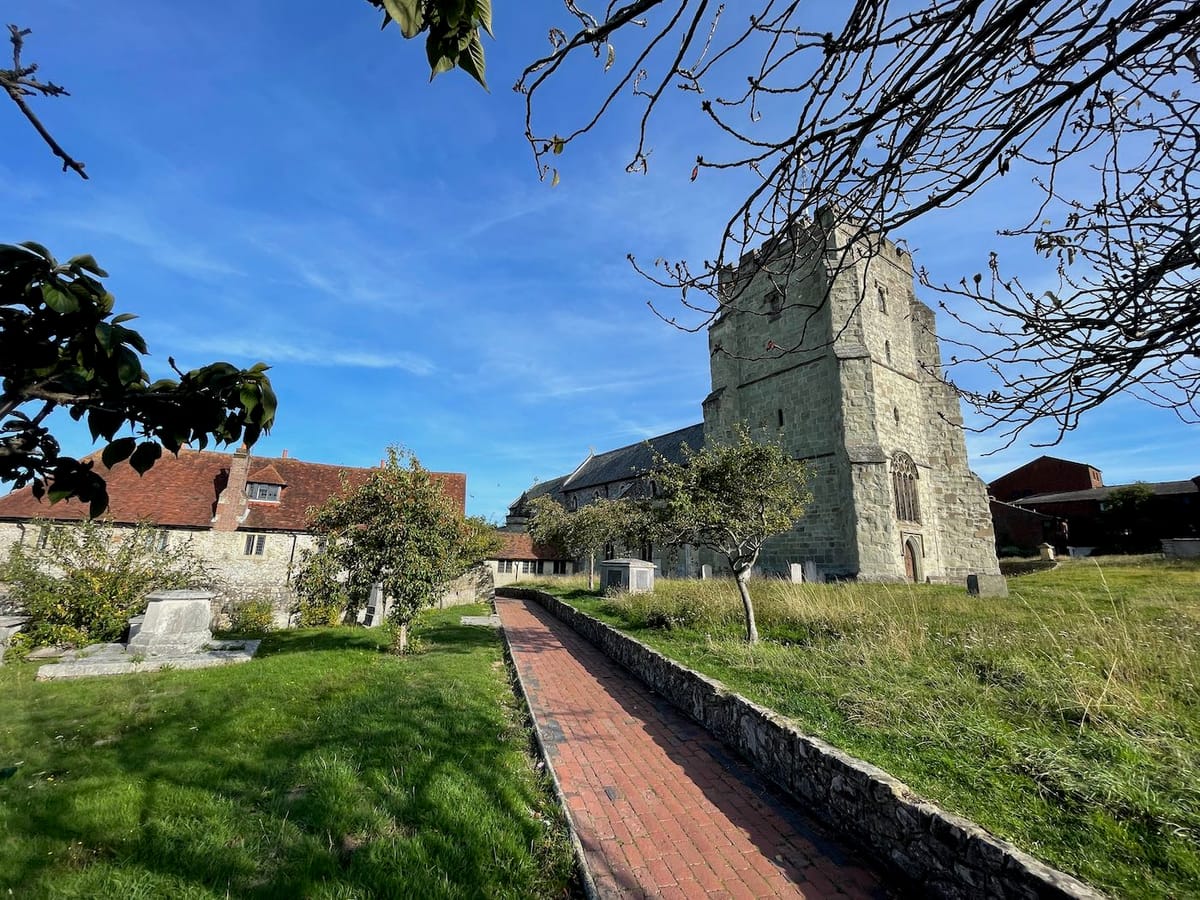
WE have witnessed many ancient traditions and protocols in the past week following the death of the Queen.
There has been the proclamation of accession to the Privy Council, sombre vigils by the coffin and the hearse inching through streets lined with thousands of people.
The tolling of bells in churches around the country is a poignant and atmospheric backdrop during the mourning period.
It is a task carried out by skilled volunteers, usually hidden from sight up spiral stone staircases in historic towers.
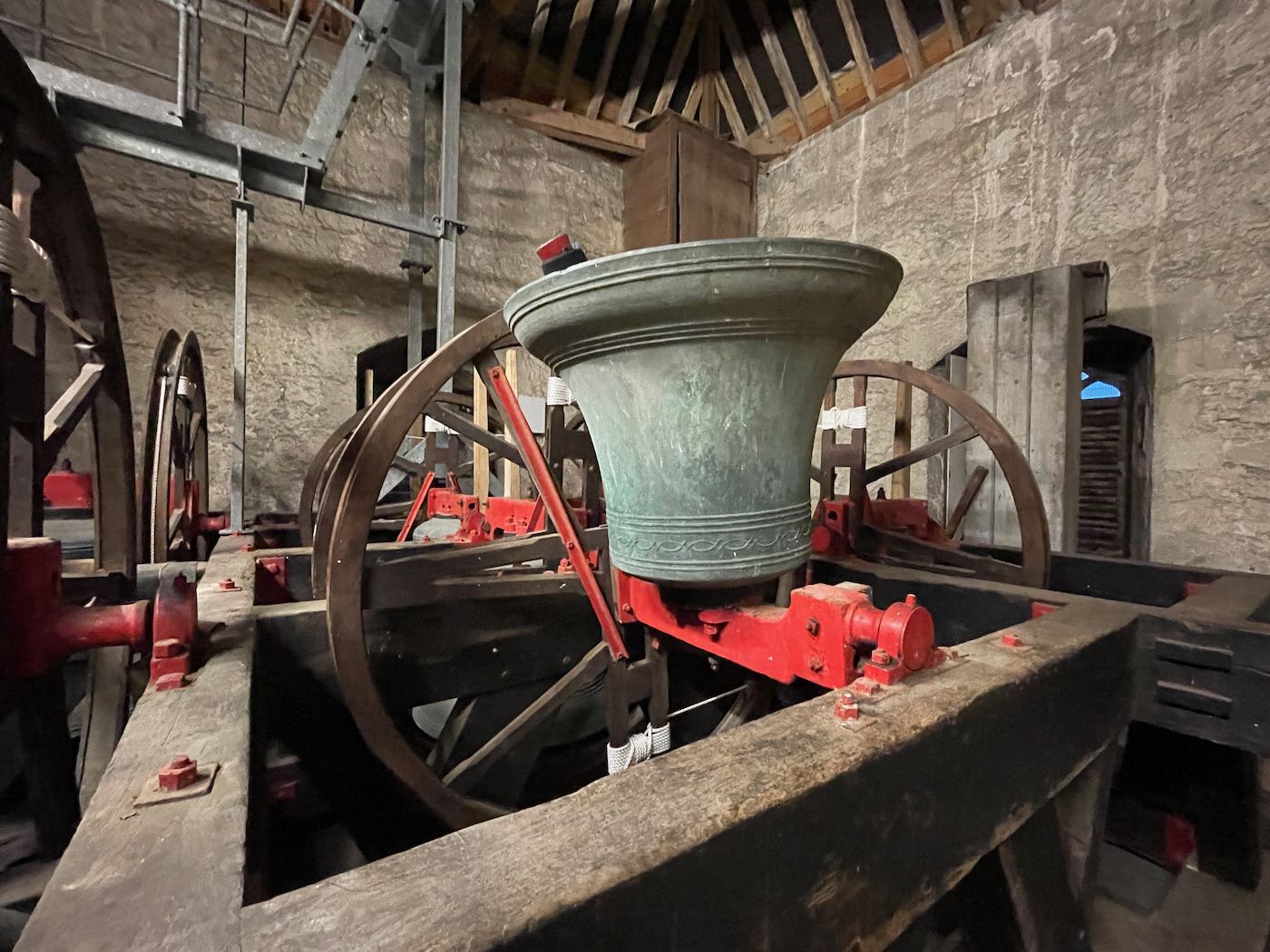
These hidden heroes of our community meet every week to practise, returning to ring for Sunday church services, weddings and funerals.
The group at St Mary’s Church in Old Town gather on Tuesday evenings, having negotiated a very tightly spiralled staircase at the back of this ancient parish church of Eastbourne.
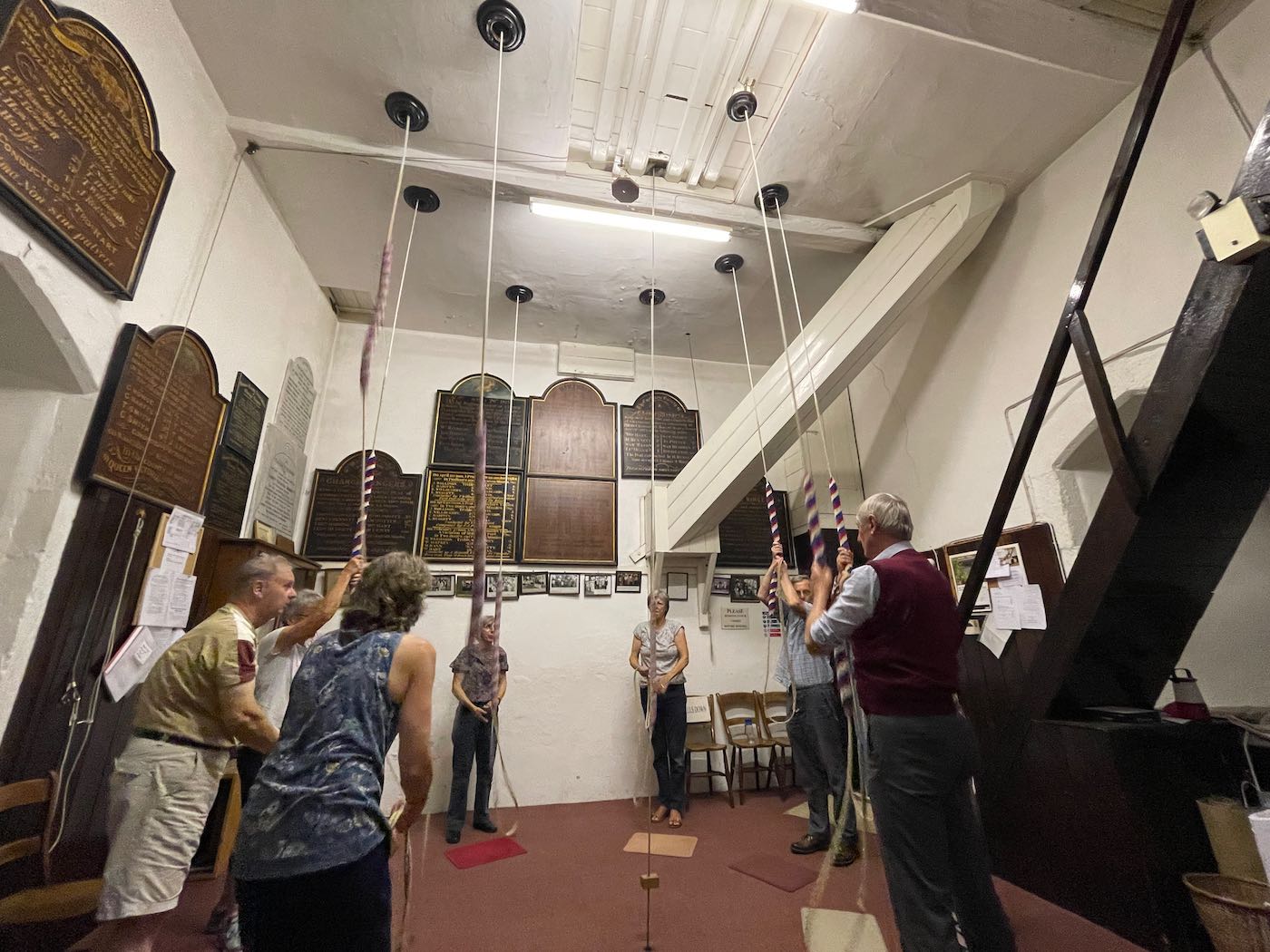
Between bouts of ringing, there is chatter, laughter and teasing among the four men and four women in the large, square room in St Mary’s bell tower which has views across the Old Town to the Downs.
But concentration is intense as each person pulls the sally (the striped gripping area), using two pulls (a handstroke and backstroke) to achieve a full 360-degree turn of a bell.
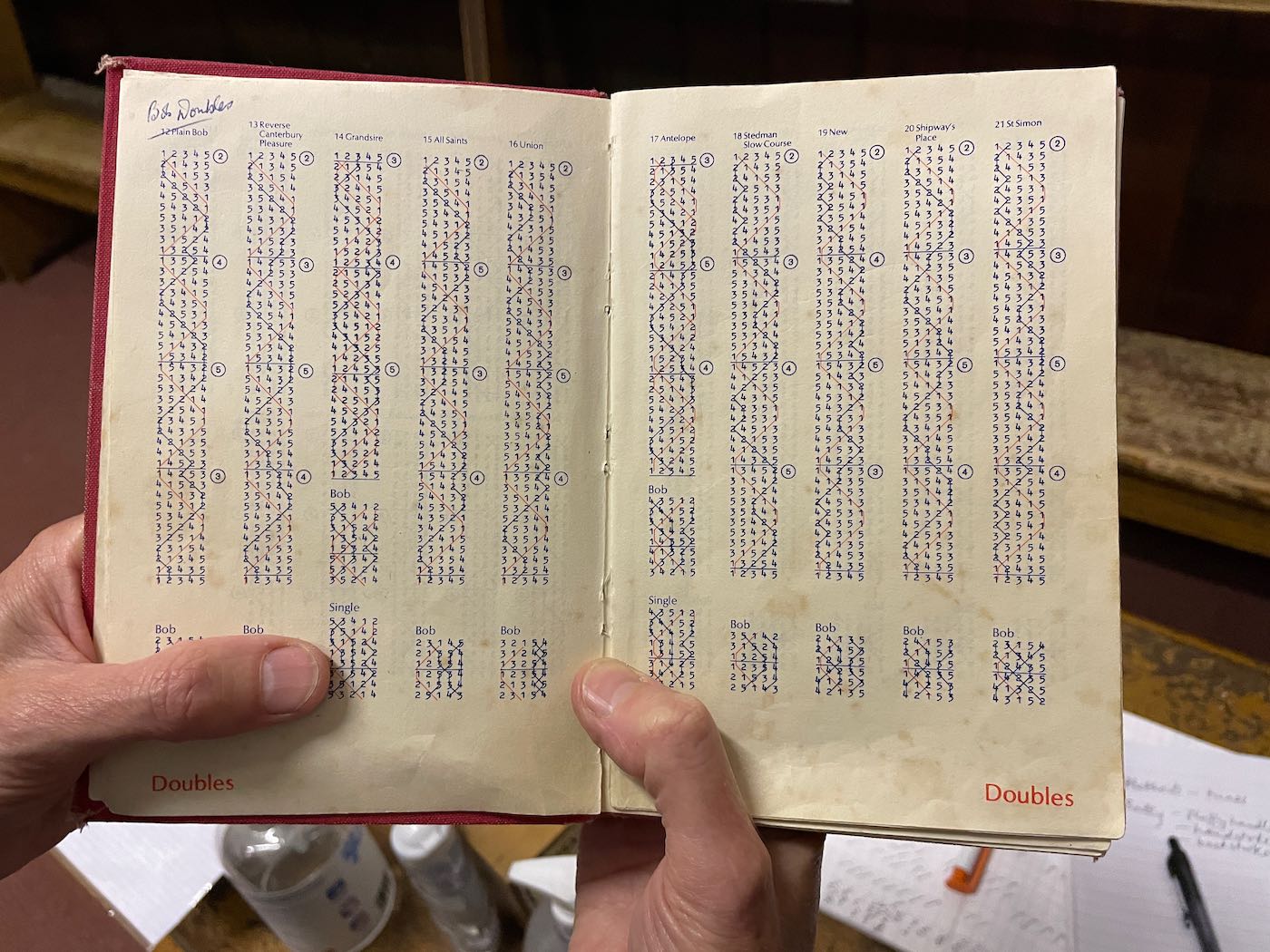
The book of ‘patterns’ (above), which the ringers must memorise to know their sequence, is an extraordinary document. Regulating the order in which the bells are rung is the key to success, and keeping an eye on everyone in the group requires focus.
Fully muffled bells are only rung on three occasions: the death of a sovereign, the death of the vicar while in post and the death of the church’s bishop. Leather pads are fitted to minimise the striking note while the ‘hum’ is retained.
Half-muffled bells, when one side of the clapper is covered to emphasise an echoing effect, are rung for the death of prominent people, such as the Duke of Edinburgh, and on Remembrance Sunday.
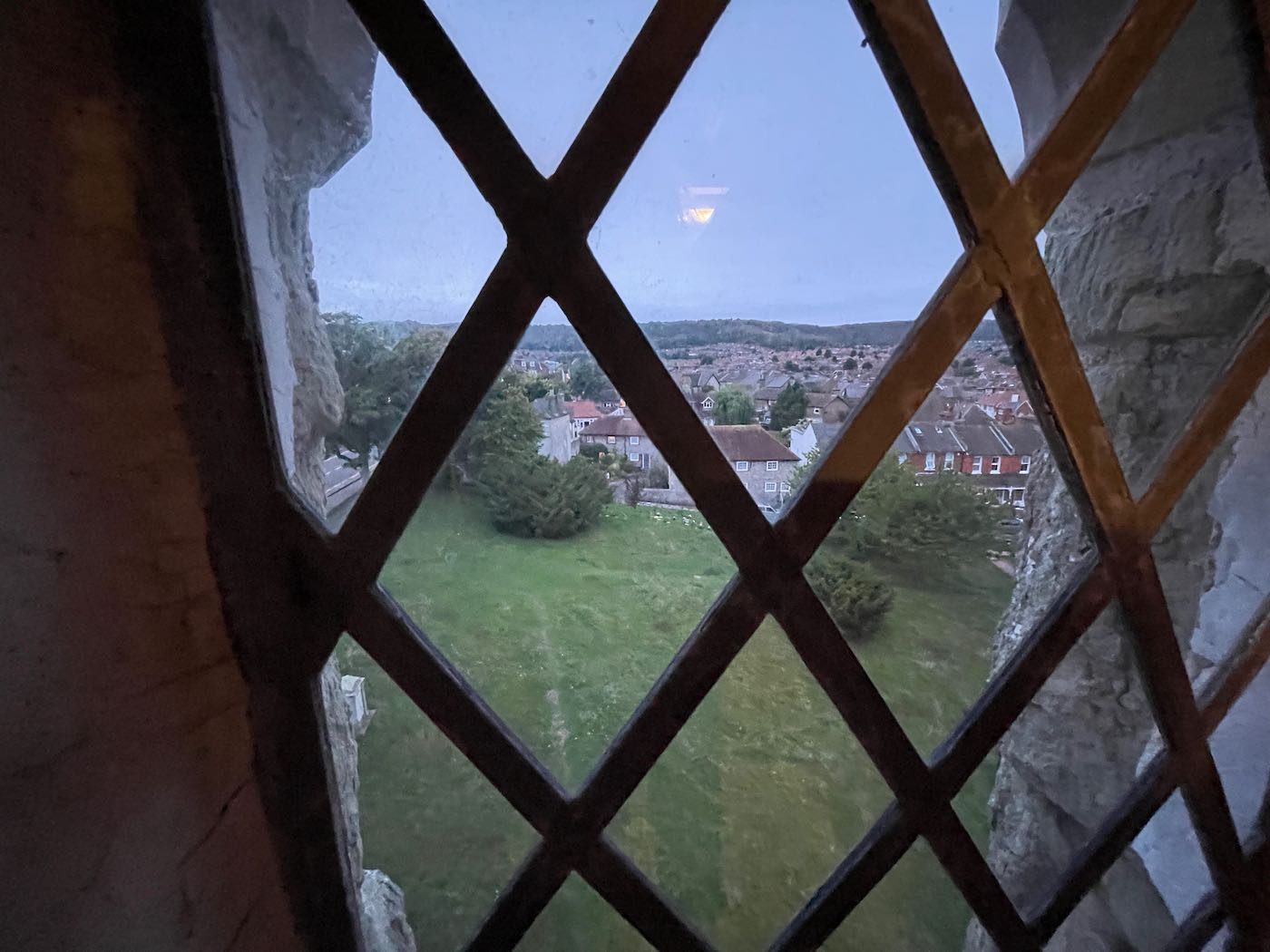
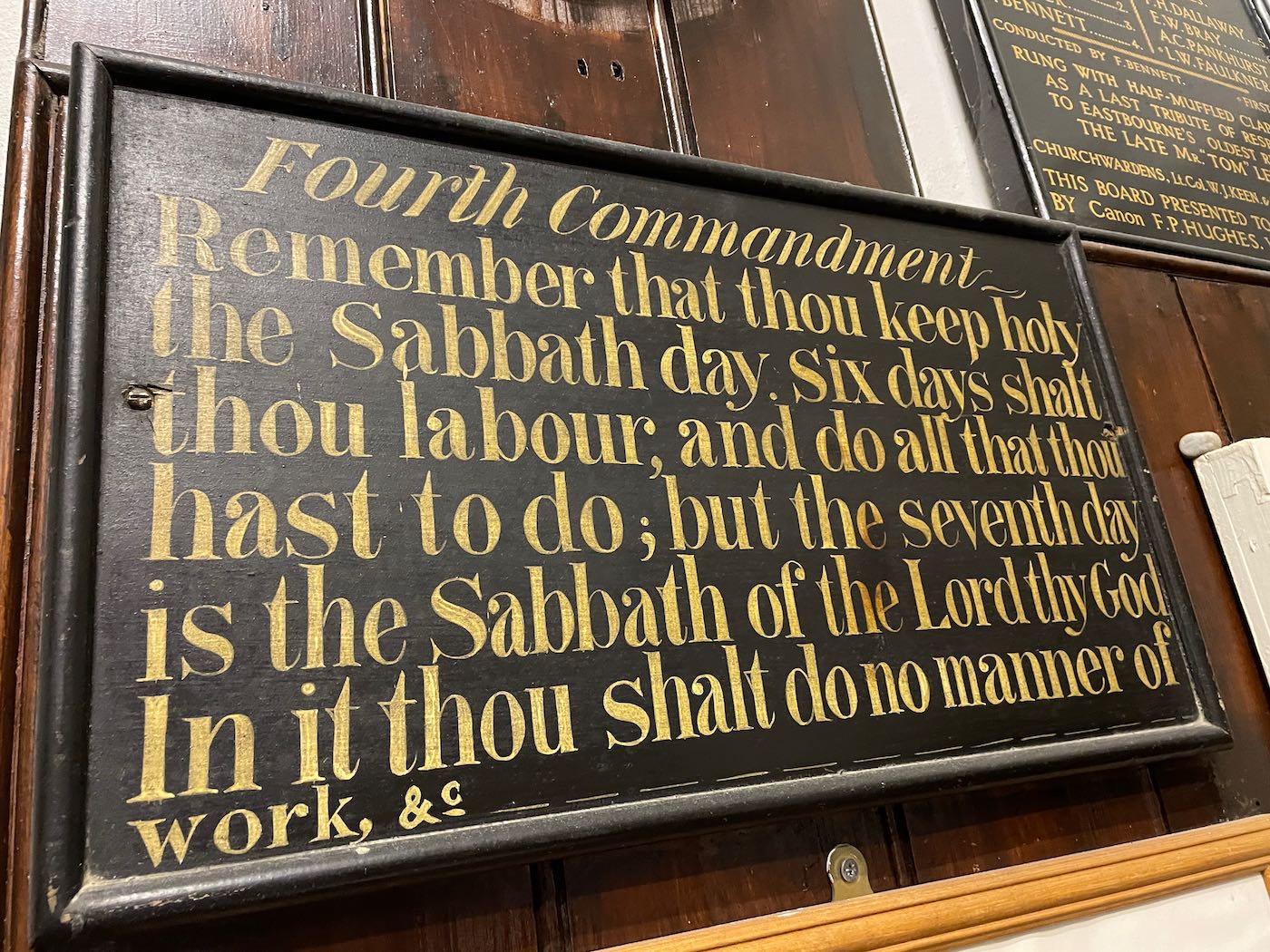
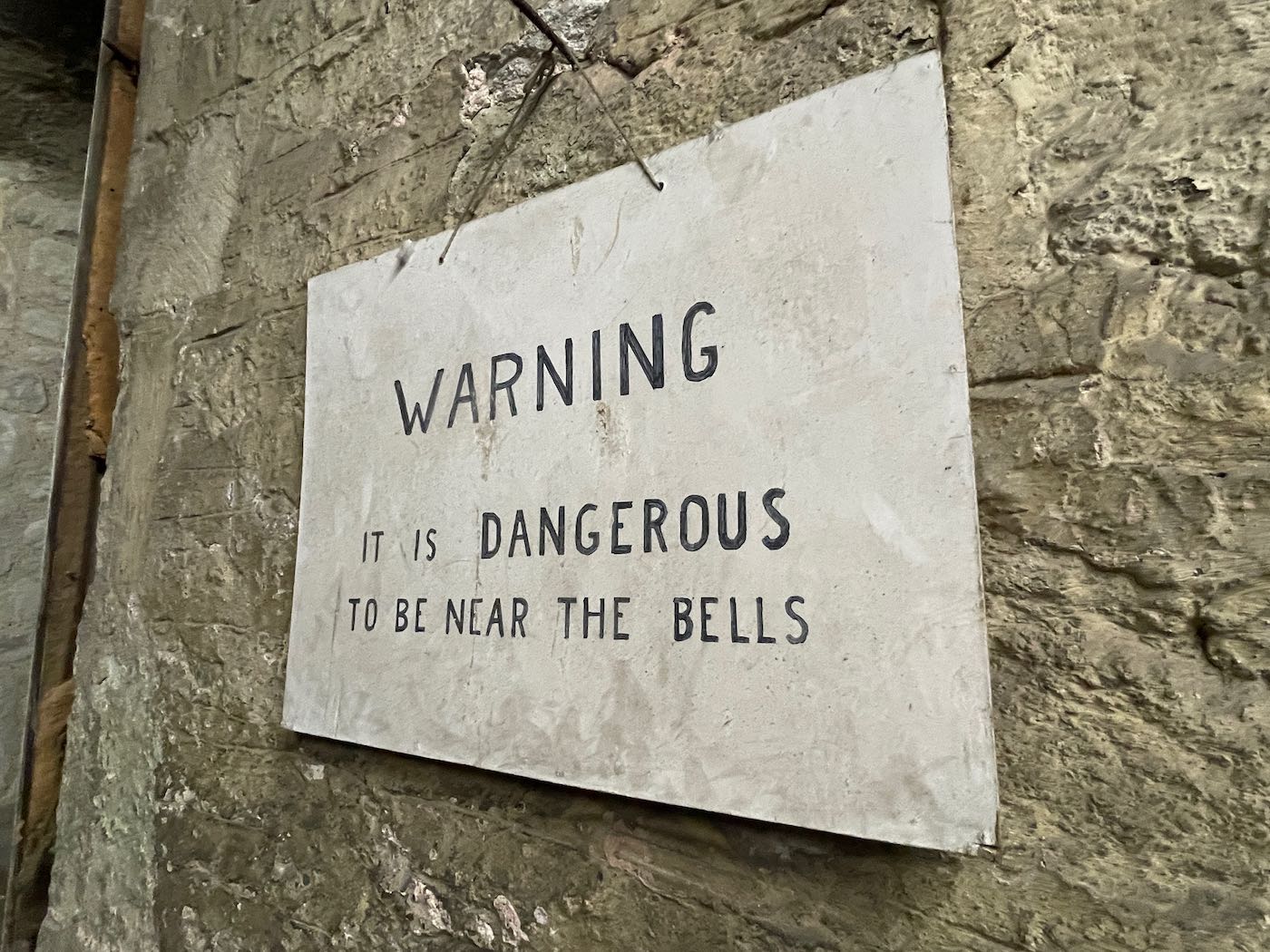
There are four extra bell-ringing sessions arising from the death of the monarch, some requiring an hour of concentration and muscle use.
This is the schedule of ringing for the group at St Mary’s:
- Muffled bells for the death of the Queen on Thursday, September 8.
- Open (unmuffled bells) for the accession of King Charles III on Saturday, September 10, then muffled bells last Sunday for the usual evensong.
- Muffled bells for a civic service to be attended by dignitaries tomorrow evening (Sunday) at the church, when they will be rung for an hour before it starts.
- On Monday, the day of the state funeral, they will be rung from 10am, an hour before the service starts. The ringers are also likely to toll 96 strokes of the biggest tenor bell, one for each year of the Queen’s life.
Ann Wright, bell captain, learnt at the age of 11 alongside her parents and has been ringing bells for 40 years, aside from a period when she lived in Australia.
She said: “It keeps your brain active having to remember things and it keeps you reasonably fit. There’s also the social side and you are working as a team – you have to keep an eye on everyone else.”
It’s becoming a challenge to find younger generations to take over. Both Ann’s children tried – “One lasted two weeks and the other carried on!”
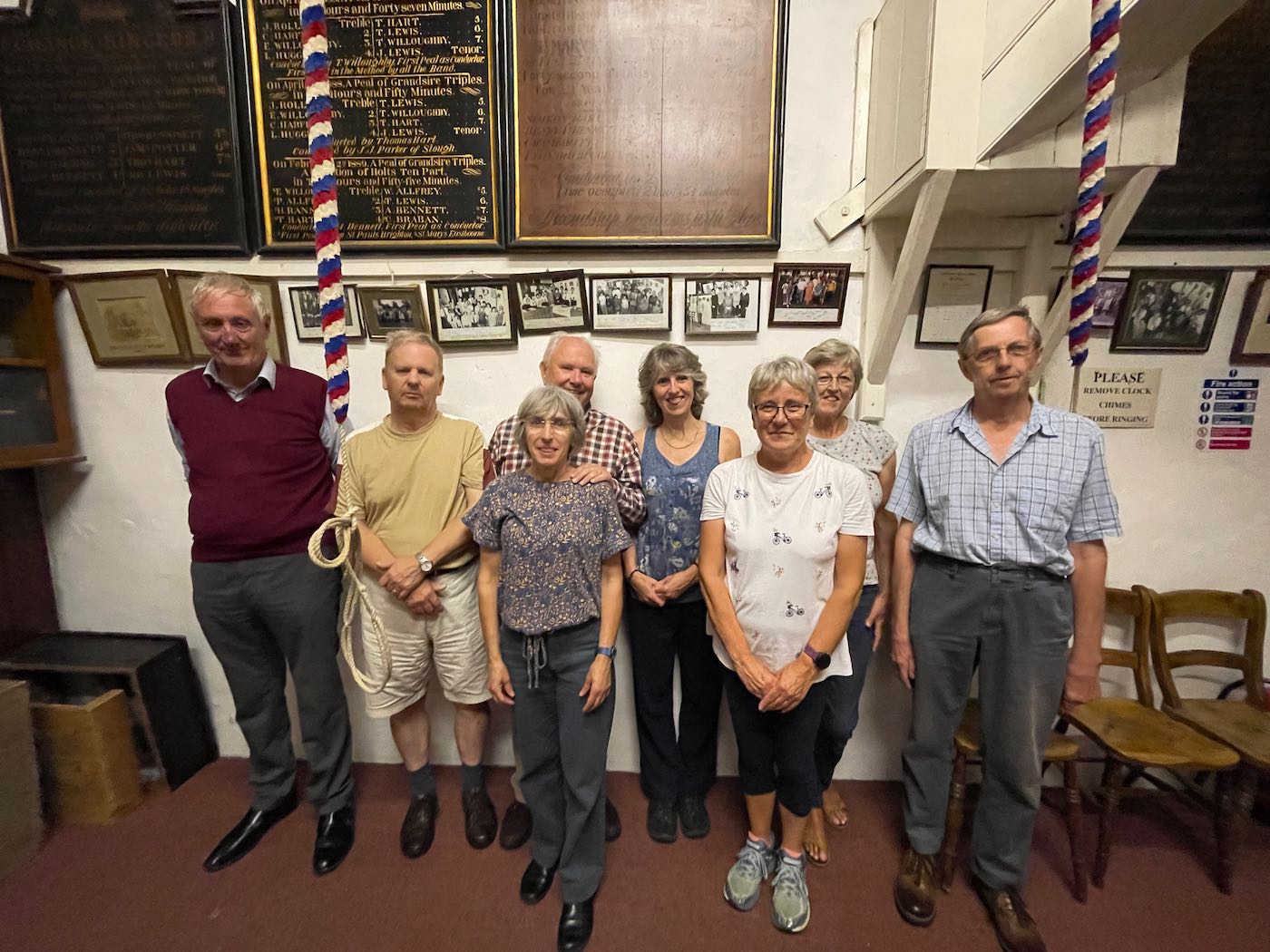
Laurence, who has been training to ring for ten years, said: “It’s good for posture and balance.”
Her husband Don is a veteran of nearly 60 years of campanology. He said: “And I’ve been told it’s mildly aerobic!”
He learnt as a boy in 1965 and has rung on and off for decades. “People tend to come back to it – you miss it.”
What is it they miss? “Look and listen,” he said, gesturing at the animated conversations and laughter around us in a break between ringing.
“There’s been a lot of ringing this week – more than in years,” he added.
Another husband-and-wife in the group are Valerie and Charlie Percy who live in Willingdon. They also ring at St Mary’s there, where the bell ropes are just inside the door rather than in a tower.
Charlie, a retired motor mechanic, has been ringing for 60 years since he was nine when he too learnt with his parents. As a family, they even went on bell-ringing holidays in his teens all around the country.
He has rung one of the 13 bells at St Giles' Cathedral in Edinburgh, where the Queen lay at rest for a time before the coffin was taken to London.
“It’s just interesting, a challenge and it's quite social too,” he said.
Valerie became involved when she was 16 and met Charlie. She says of younger people who learn: “They are not scared of it, they just do it.”
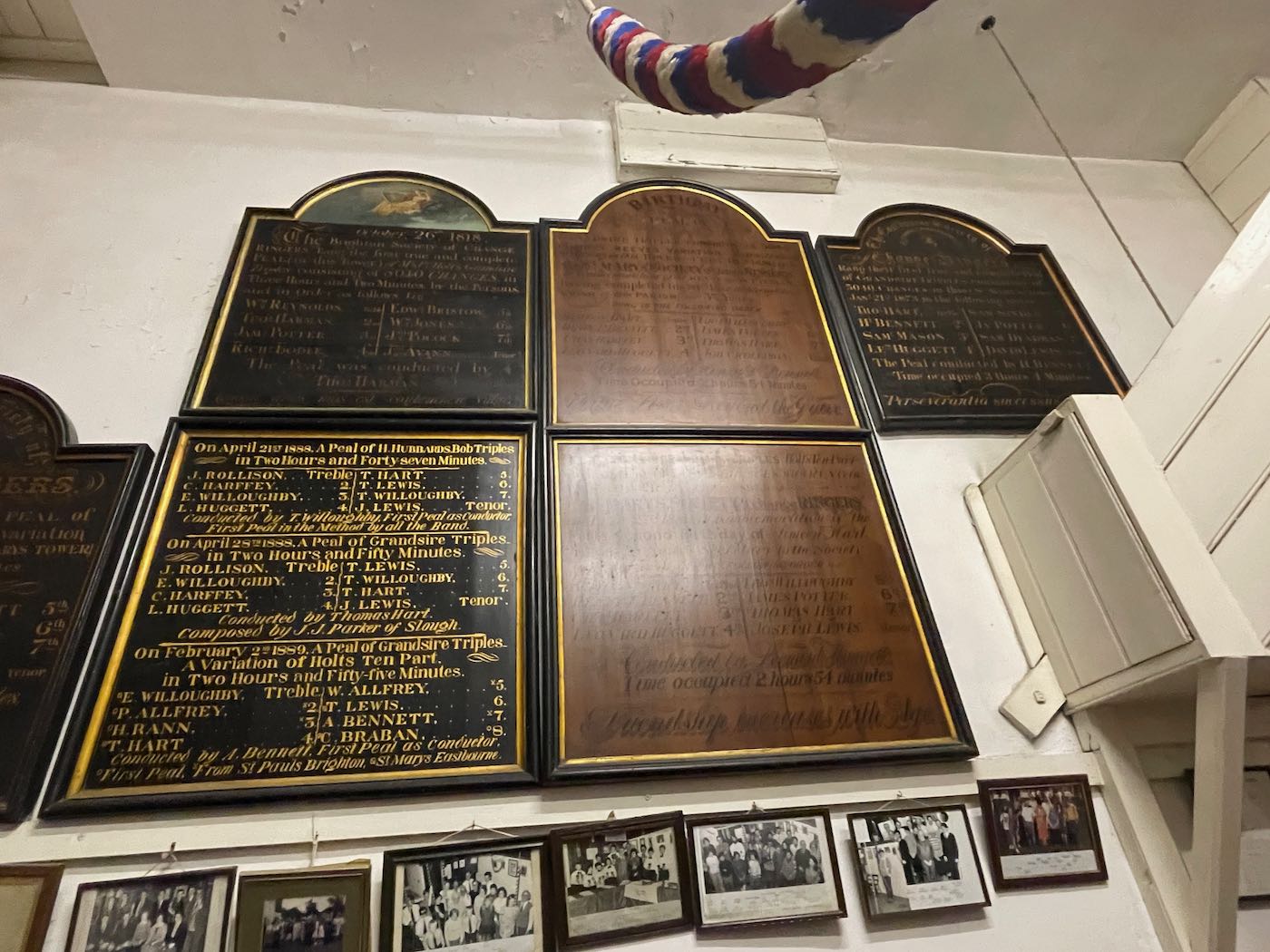
The traditions of modern-day bell ringing go back to the 17th Century. Beautifully engraved boards line the tower room (above), detailing the names of campanologists who took part in peals lasting nearly three hours in the 1880s.
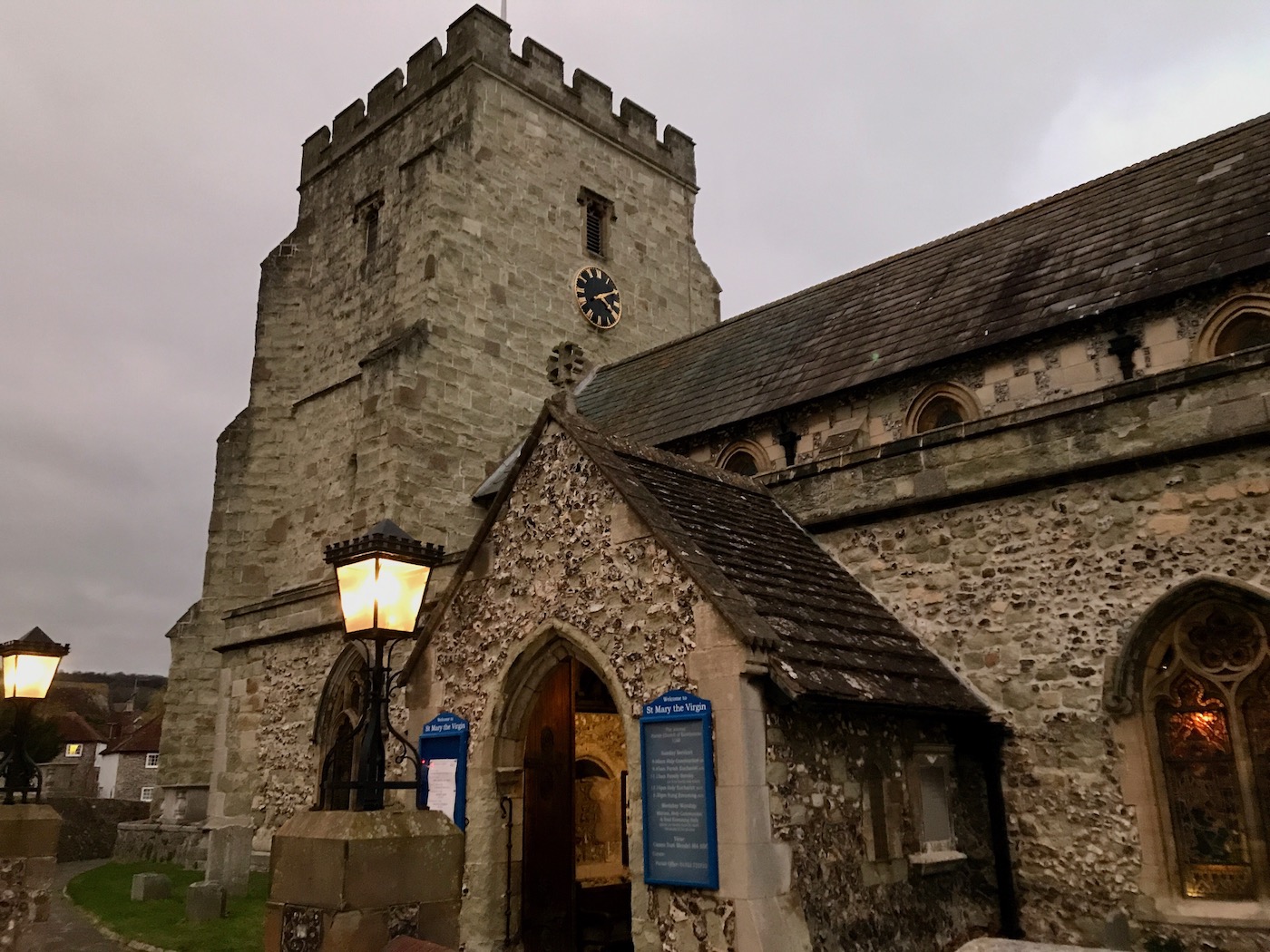
The Tuesday group walk in their footsteps as they carefully descend the spiral stairs to the atmospheric old church and cloister, with cheery waves until they meet again to toll in remembrance of the Queen.
Comments are welcome but they are pre-moderated
:: If you like what you've read, please support our aim of bringing high-quality impartial journalism to Eastbourne. Thank you!
[kofi]


